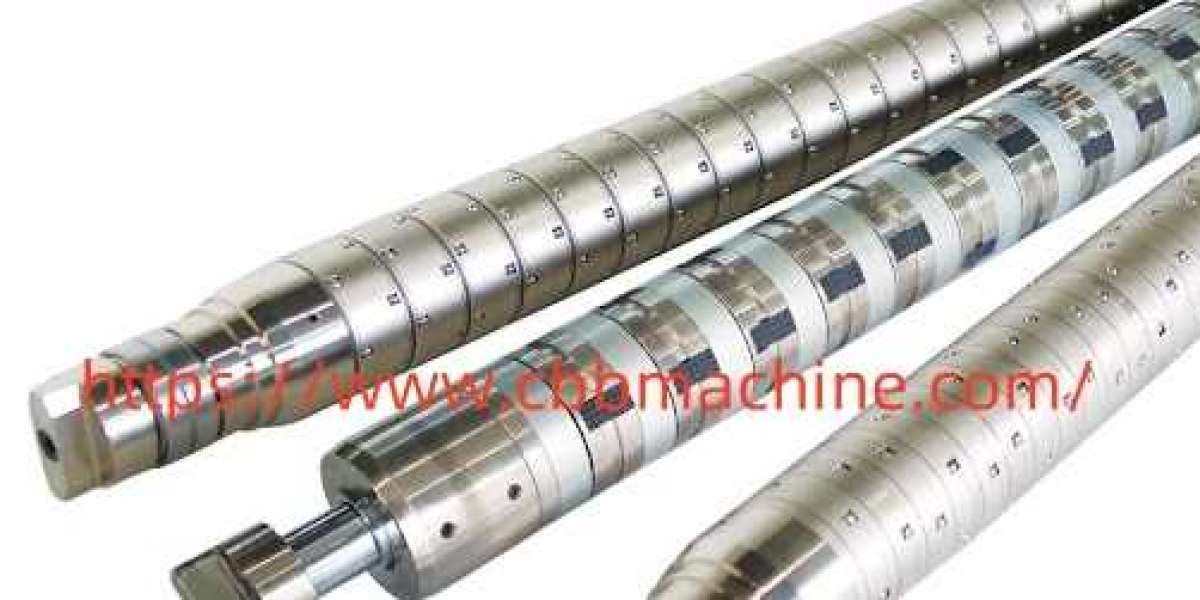In the evolving world of web handling and material processing, the Differential Air Shaft has become a critical solution for precise tension control and efficient unwinding or rewinding across multiple industrial applications.
Traditional fixed-shaft designs often fall short when multiple rolls with varying tension levels are required on the same shaft. This can lead to slippage, wrinkling, or damaged materials—especially when working with films, labels, paper, or foil. The differential air shaft overcomes these limitations by enabling multiple cores to rotate independently while maintaining consistent torque through friction control.
The operating principle of this shaft involves individual friction elements that apply controlled resistance to each core. This ensures a uniform winding result even when core diameters, thicknesses, or material properties vary. Instead of using several separate shafts or making frequent adjustments, manufacturers can rely on a single differential shaft for seamless integration and reduced downtime.
This is particularly useful in high-speed slitting and rewinding machines, where maintaining synchronized tension is vital. For instance, when rewinding slitted web materials into narrower rolls, slight differences in diameter or thickness can cause uneven tension if not properly managed. The differential design solves this by automatically compensating for those variances.
Another major benefit is reduced operator intervention. Once the shaft is set up, the system can run continuously with minimal adjustments. This is especially valuable in environments where speed and accuracy are both top priorities. Operators spend less time adjusting settings and more time monitoring production output, leading to higher productivity and lower labor costs.
In terms of maintenance, these shafts are typically built with high-durability materials, such as anodized aluminum and precision-ground steel components. This ensures a long operational life even under heavy industrial use. Some models also offer quick-change capabilities, making it easier to swap out friction elements or cores without removing the shaft from the machine.
The applications of this technology span across numerous sectors, including packaging, printing, textiles, label production, and plastic film processing. It allows manufacturers to meet increasingly strict quality standards while adapting quickly to different materials or job requirements.
Energy efficiency is another key advantage. Because differential air shafts eliminate the need for multiple motors or complicated tension adjustment mechanisms, they streamline the mechanical setup and reduce overall energy consumption. This not only saves costs but also aligns with greener manufacturing practices.
Additionally, they offer excellent compatibility with modern automation systems. When integrated with smart sensors and PLC controls, they enable real-time monitoring and adjustment of winding pressure and torque. This adds another layer of precision, making it easier to meet customer specifications and reduce material waste.
In summary, for any company looking to enhance their web converting or winding capabilities, investing in advanced shaft technology is not optional—it’s strategic. The differential air shaft represents a leap forward in mechanical design that brings better results, greater flexibility, and long-term value.
For more expert insights and detailed applications, visit https://www.cbbmachine.com/news/industry-news/differential-air-shafts-key-components-applications-benefits-and-more.html








